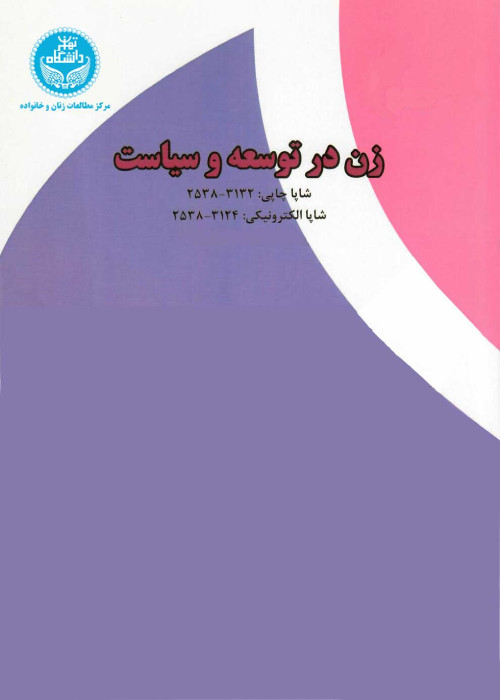Transformation of Intimacy Practices: Comparative Analysis of Marital Intimacy among Three Generations of Tabriz Women
Recently, extensive changes have occurred in the social and intimate relationships of the Iranian society, especially among women, and today young women show a different approach compared to the women of previous generations on intimate relationships. The area of family relationships in Tabriz, like the entire society of Iran, has undergone transformation in the last century. Among others, we can mention the increase in the divorce rate, the increase in the age of marriage, and the ongoing tensions in married life. On the other hand, the individual and social identity of women has also undergone changes subjected to social and political changes in the society. In the past decades, influenced by modernization and modernism, Tabriz women have experienced extensive structural and attitudinal changes in their role and status. The change in the role and status of women, more than anything else, can affect their attitudes to married life. The question that can be raised is whether the recent pervasive entrance of women into the public sphere has changed their attitudes to intimacy and intimate relationships?The present research deals with the sociological study of intimate relationships between spouses, focusing on the experience and attitude of women, and their transformation in the city of Tabriz during the last three generations. The purpose of this research is to understand the transformation of Tabriz women's experiences and attitudes on intimacy and married life. Therefore, this article examines the intimate experiences of three generations of Tabriz women regarding to the social conditions of their adolescence and intends to highlight and analyze new dimensions of marital intimacy.The research method used in this research is qualitative. Narrative interviews were used to collect information and grounded theory was used for analyzing data. Therefore, in this research, an attempt was made to clarify different dimensions of married life by using in-depth narrative interviews with women. For a more systematic investigation, three groups of women were separated: Young women, their mothers and grandmothers. The adolescence of these three age groups can be related to the social and political developments of the last century in Iran. In the first period, the forced modernization of the Pahlavi government, which started from the time of Reza Khan and reached its peak in the 1960s and 1970s, pushed at least some social groups of women into the public domain. In the second period, with the occurrence of the Islamic revolution, the emotional and traditional role of women as housewives was promoted and strengthened. And in the third period, which starts from the late 1990s and the beginning of the 21st century, with the spread of new communication technologies, the relationship of women with the public sphere changed once again and the presence of women in the public sphere of society was facilitated.This article claims that there has been a transformation in the intimacy practices during the three generations under the study. The analysis of the findings shows that in the first generation and to some extent in the second generation, intense social control over social interactions led to adjusting intimate life, but in the third generation, pure intimacy gradually emerged, with the spread of modern forces. Also, in the first and second generations, intimate interactions took place behind the scenes of social life, but with the spread of modern forces and the reduction of the threshold of shame, the social veils of intimacy have become thinner, so that in the third generation, public expression of intimacy is considered a sign of being modern.Finally, according to the findings of the research, it can be said that during the three generations under investigation, there has been an obvious transformation in the practices and patterns of intimacy, and the dominant pattern of intimate life in the third generation has obvious differences with the previous generations. Nowadays, marriages are mainly of an individual and romantic nature; Marital lives has a dynamic character and is based on negotiation; The nature of marital relationships tends to “pure relationship” and mutual interest; Women have an opposing approach to the patriarchal normative system; And expressing intimate actions in the presence of others is not much avoided, unlike the previous generations. The modernization of women has played an important role in this change. Therefore, this article describes the common pattern in the first and second generation with the term “traditional intimacy” and the common pattern in the third generation with the term “modern intimacy”.
- حق عضویت دریافتی صرف حمایت از نشریات عضو و نگهداری، تکمیل و توسعه مگیران میشود.
- پرداخت حق اشتراک و دانلود مقالات اجازه بازنشر آن در سایر رسانههای چاپی و دیجیتال را به کاربر نمیدهد.


